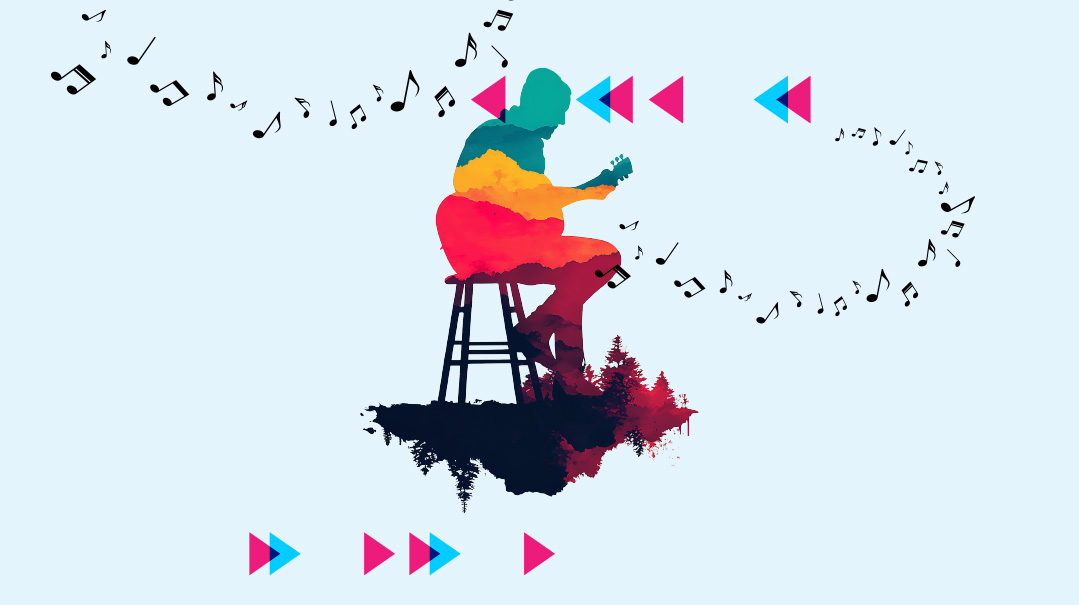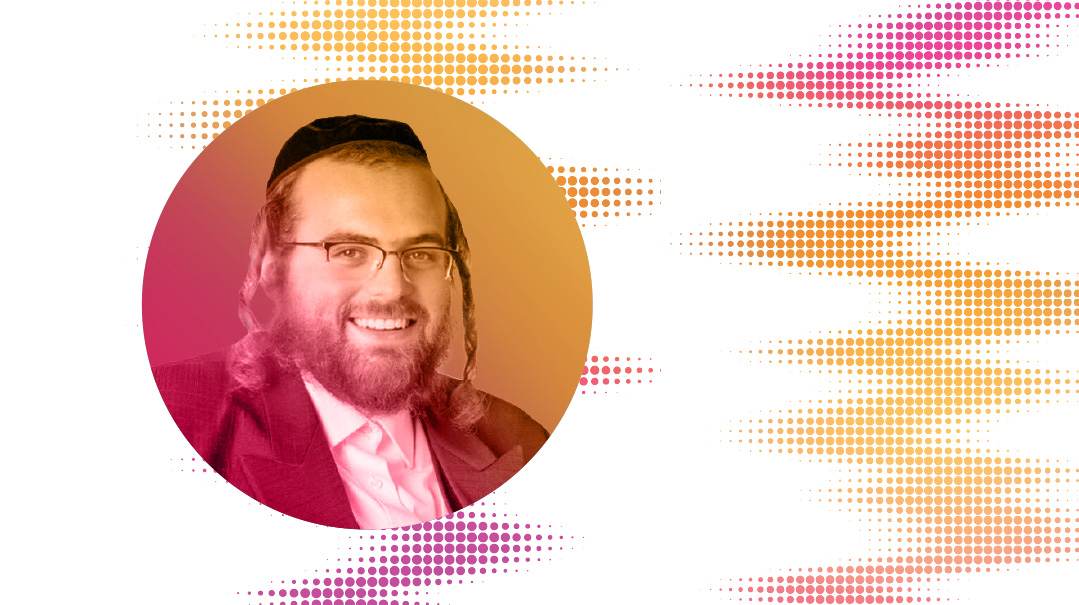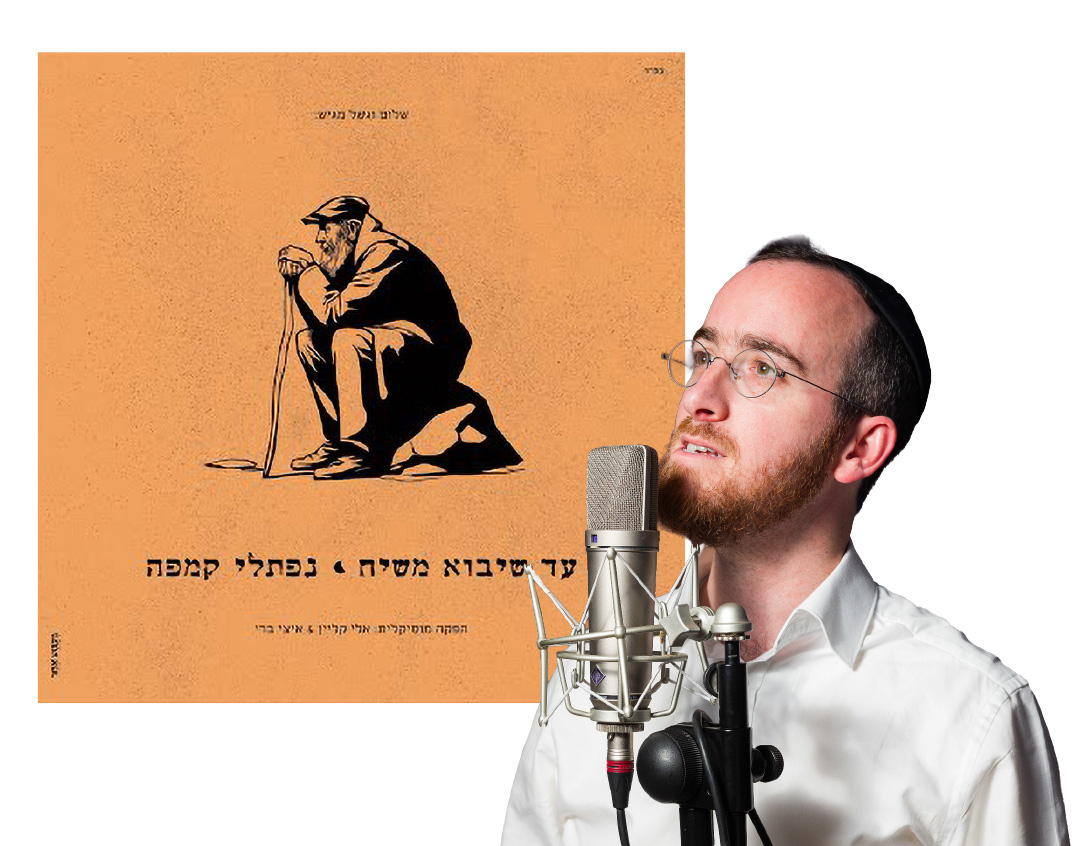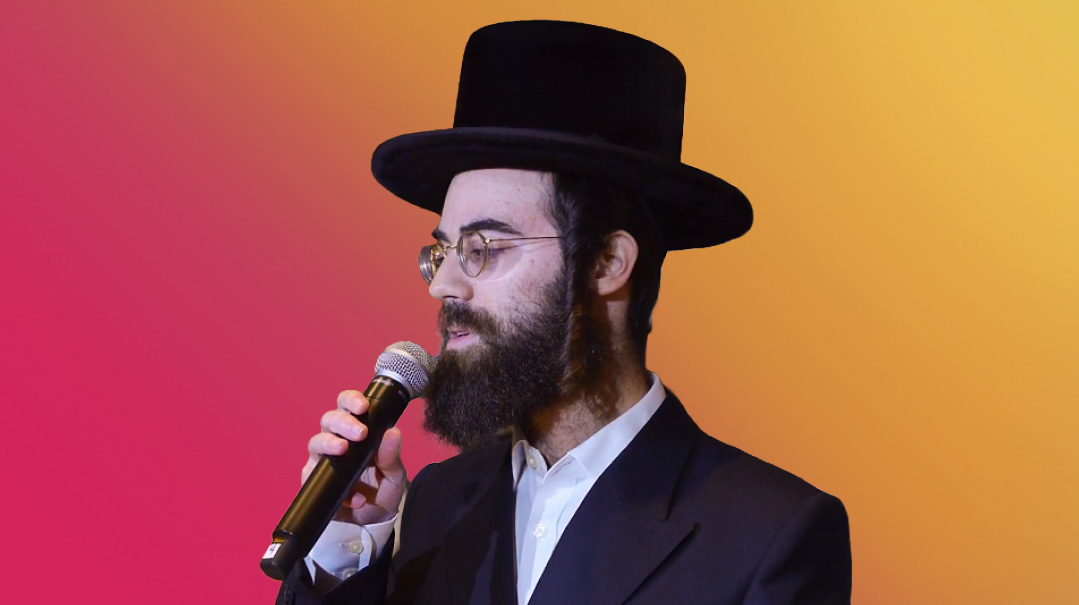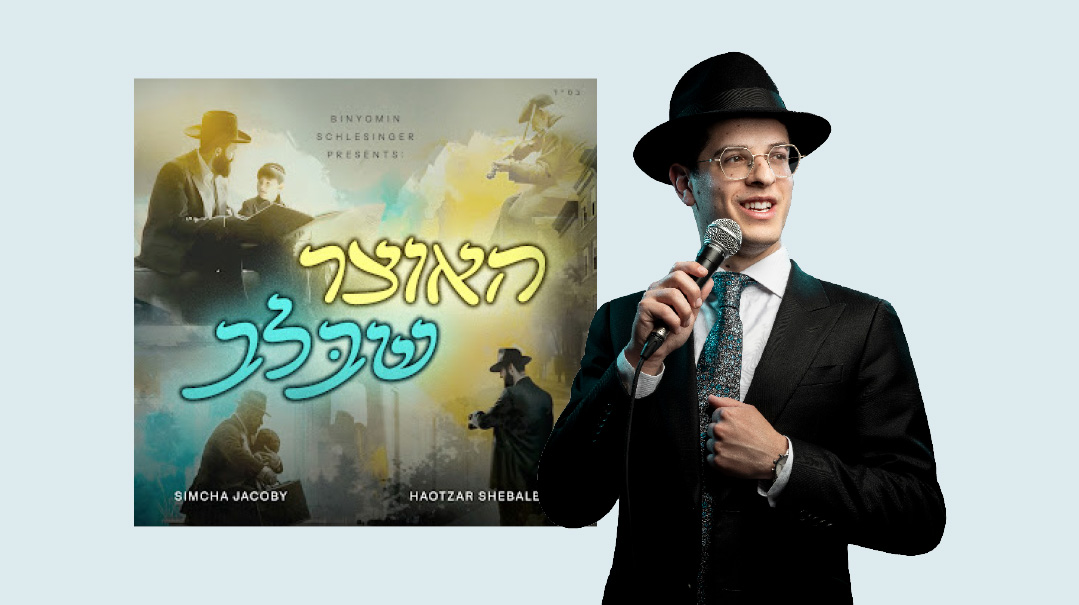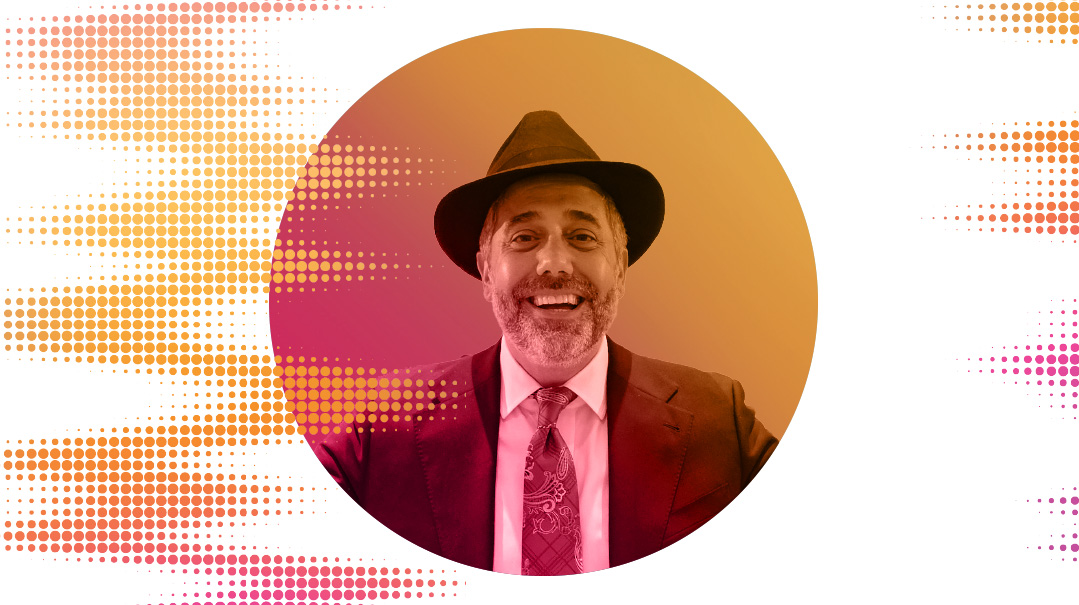Concerted Efforts
| September 26, 2023In a peek behind the props, concert producers share a bit of what it takes to keep the music playing
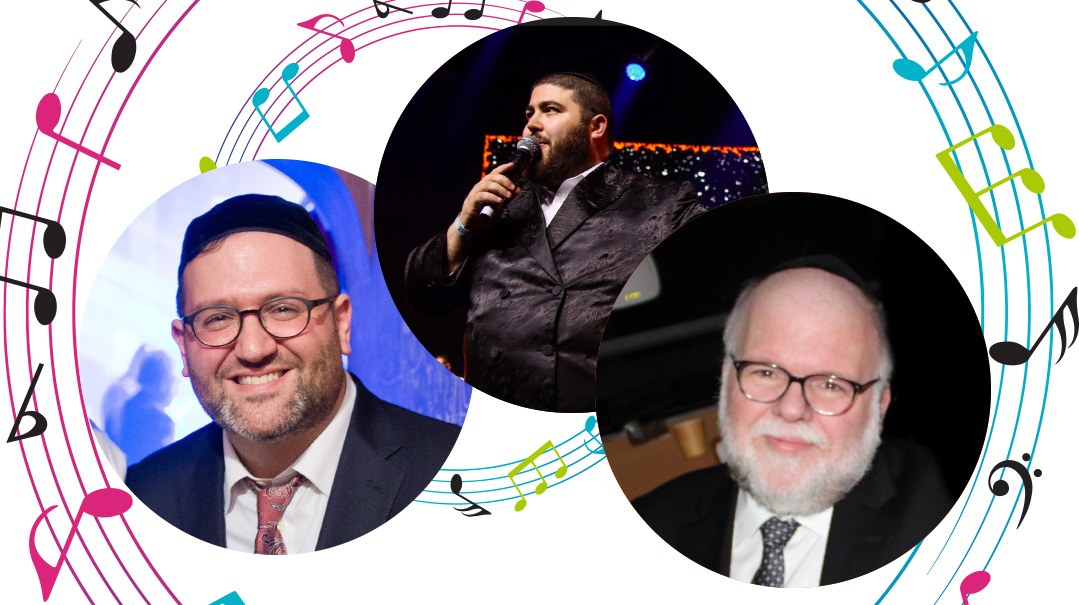
An entire week of Chol Hamoed this year means a concert will likely be on the agenda. But as the lights dim, the curtain rises, and the show begins for you, it’s already the endgame for the creators and producers who’ve been working for weeks or months to make it happen. While the singers segue from song to song in a seemingly fun and effortless performance with perfect accompaniment and background effects, those organizers are standing backstage, grateful that they’re near the finish line. In a peek behind the props, concert producers share a bit of what it takes to keep the music playing
ELI GERSTNER
HOW I GOT STARTED
The first concerts I ever produced, when I was about 15 or 16 years old, were for the camps I was in at the time. I got to play drums, hire/coordinate the musicians, the singers, the sound, and of course the song selection, which was a teenage Jewish music fan’s dream come true. When I was around 18 and had just come out with my first album, there was a yeshivah doing a fundraising concert who had hired Avraham Fried as the main singer and me as the opening act. And then I got a surprise call from them, asking me to produce the event. I don’t know if Avremel even remembers this, but he had suggested to the client that maybe I could pull it together for them. And I did, which was a big deal for me at the time. Soon after releasing my solo projects — The Chevra, Menucha, and the Yeshiva Boys Choir — I started producing their events all over the world.
Soon people started asking me to produce concerts other than my own. Once I did an outdoor Chol Hamoed event for a medical rehab center with Avraham Fried and YBC, and 25,000 people came. That was the first time I dealt with police and heavy security. After that I was asked to come to Crown Heights and organize the Chabad Parade, coordinating with the police department and stages for the performers. One event led to another, and baruch Hashem, I wound up producing the biggest frum events in America.
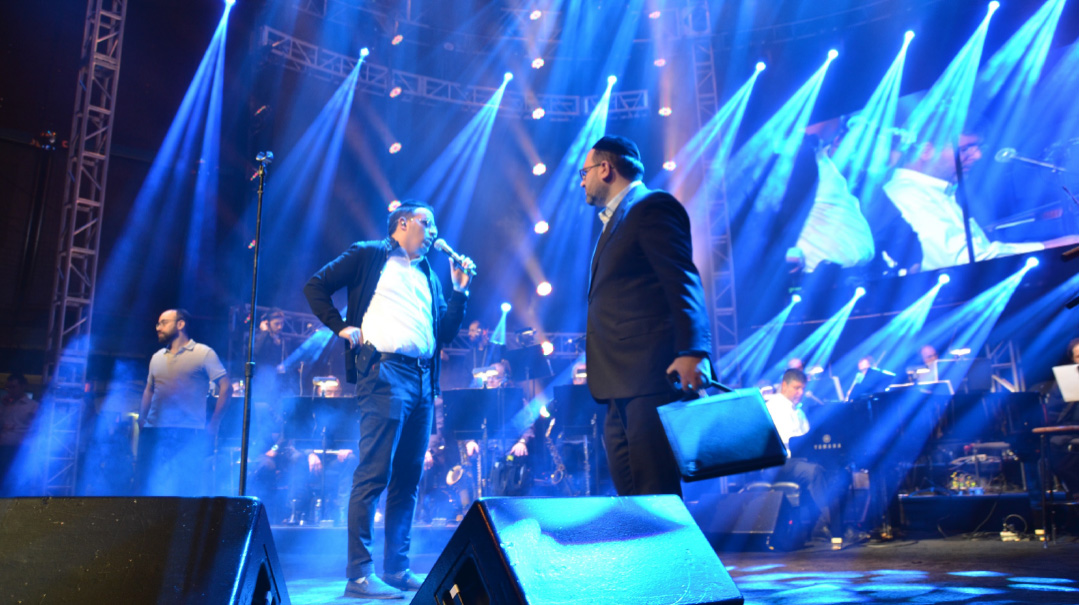
HOW I MAKE THE PLAYLIST
If there are mostly kids in the audience, it has to be 90 percent fast songs — with slow songs, they just get bored. When the audience is primarily adults, then you can get more creative with the mix of fast and slow songs, especially if the orchestra is very high end, with a large string section.
Dinners and smaller concerts are much simpler, and songs can be chosen and rehearsed just a week before, but with big productions, it gets more complicated. Within a couple weeks of hiring, I prepare a list of songs. Then I prepare the arrangements for the orchestras, as well as a computer-generated version of each segment to give to the singers, choirs, musicians, as well as the lights, programming and video teams. By the time we meet at the first rehearsal, everyone has already rehearsed separately with an accurate version of the song. The tempo is set, all the lights and screens are preprogrammed, and everything has to go boom at the same second. When people are paying $1,000 a seat, the event has to be perfect.
WHAT I WISH I’D KNOWN BACK THEN
How to deal with the labor unions. But no one could have taught me what I know now — it had to be my own hard-won experience. The Lincoln Center is probably the most extreme and expensive example, but in most big show venues, labor unions are contracted to do all the labor. You cannot bring in outsiders to build a stage — they have to do everything, and you pay them hundreds of dollars per hour, but you have no choice. This winds up being the biggest chunk of the cost for the organizations. There are musicians’ unions, too, but each union has its own contracts and rules. For example, the workers need a five-minute break about every hour. It makes no difference what they’re doing, they’ll put down their tools and walk away on the hour. Every three or four hours, they’re entitled to an hour’s meal break. The client has to pay for that hour, plus the client has to pay to order the workers’ meals, which have their own requirements — for example, certain meals have to be hot, and include a protein.
It took me time to realize that there are loopholes in the contract, like the allowance to stagger the meal break, so that half the team can keep working and we don’t waste an entire hour. That alone can save tens of thousands of dollars. By now, I’ve earned some trust with the union, and figured out how to deal with them and speak to them in their language.
I’ve also learned how to take the lead in the show. At the beginning, being a singer myself hired by other producers, I felt for the artist and would always listen to him. If a singer was sick of singing a particular song and wanted to go for something else, I’d listen. But now I make my judgment calls as a fan and as the person responsible for the show’s success. I know what the audience wants and expects to hear. Even if the singer feels he’s sung it a thousand times, the audience is waiting to hear his trademark piece.
Oops! We could not locate your form.

